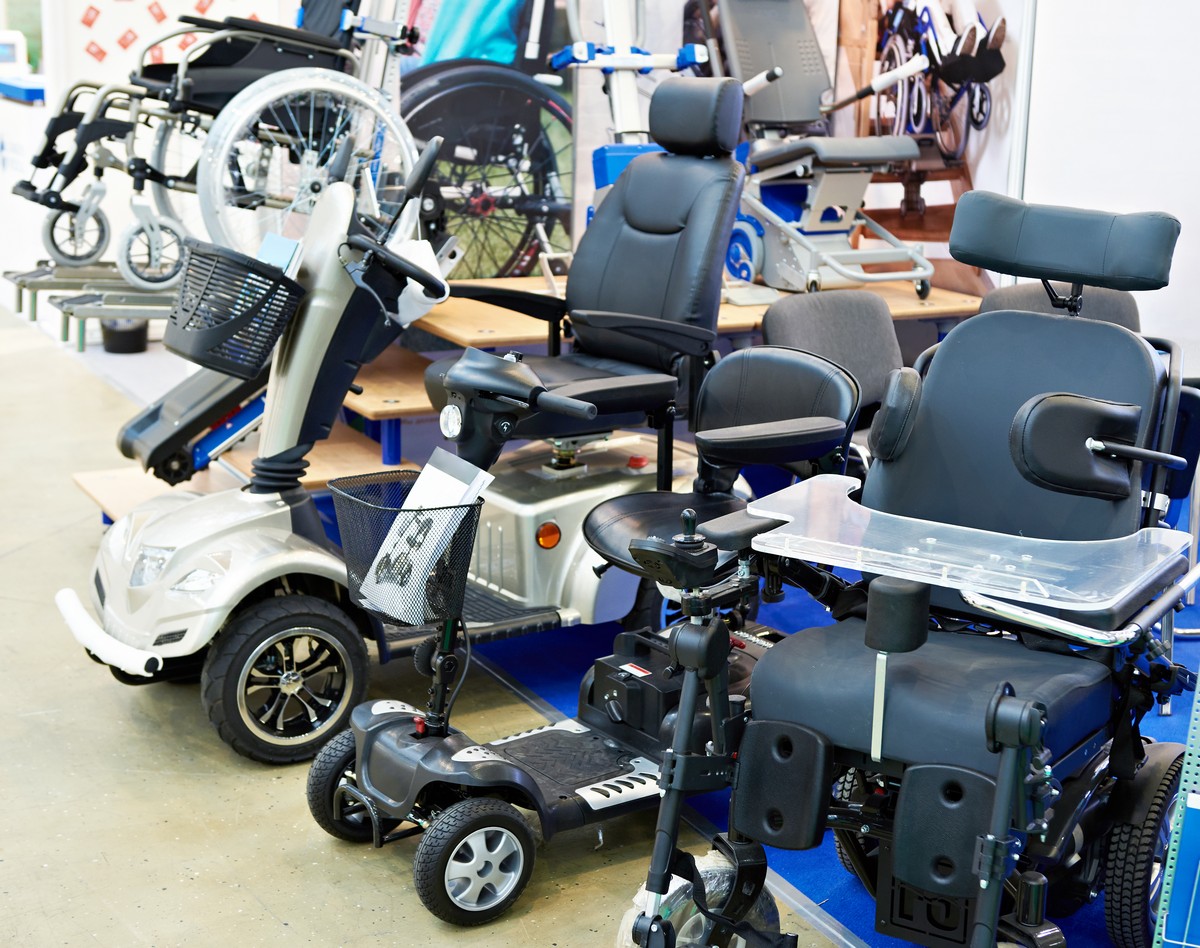For elderly people or those living with disabilities, mobility impairments often come with a form of social isolation. People who suffer from these conditions usually have to depend totally or completely on loved ones or carers for assistance.
Fortunately, mobility scooters have changed all of that as they serve as an excellent means to restore independence, as well as the ability to visit places that would have otherwise been impossible or difficult to reach. People who previously needed assistance to travel or go out to shopping centres can now do so with a level of independence.
However, finding the right mobility scooter that will meet your exact needs can be very daunting as there is a wide range of them available. It becomes very important to understand your mobility issues and which scooter will best meet your needs. Buying a mobility scooter is a step-by-step process that requires you to take certain factors into consideration. This guide seeks to provide all the necessary information, from the different types of scooters available, and factors to consider, to which one will best fit your needs.
What are Mobility Scooters?
Mobility scooters are devices specifically designed to help people who suffer from certain mobility issues or disabilities. However, not every disabled person can use mobility scooters. This device is mainly for people who can still operate a small vehicle but cannot walk long distances because of an existing medical condition or disability.
They are powered by one or two batteries usually stored onboard the scooter that is charged via a separate or onboard charger from mains. Over the years, they have become increasingly popular with thousands of people using them. If you go to your local shopping centre, chances are you’d see a person or two using mobility scooters.
These devices come in various designs and models, making it easier for users to choose based on their needs and preferences.
Types of Mobility Scooters
It is worth noting that scooters come in different sizes and models. They could range from light-framed, smaller models that can fit into a car boot and heavy-duty models that are capable of traveling long distances (up to 50 km) on a single charge and manoeuvring steep slopes. At the end of the day, the choice lies solely in your hands.
Let’s take a look at the different types of mobility scooters:
Small Mobility Scooters
These are the best kinds of mobility scooters to buy if you’re looking for something compact and convenient. They can conveniently fit into the boot of your car, making them easy to carry around. Small mobility scooters can easily be maneuvered in crowded malls and shopping centres.
However, these small scooters come with an equally small battery which delivers less power than bigger models. The maximum range which small mobility scooters can cover is 20 kilometres. They also can’t be used on steep heels or rough terrains.
One major advantage of using these types of scooters is that they are typically collapsible. So, if you travel frequently, you can easily carry your scooter along with you wherever you go.
Medium or Mid-Sized Mobility Scooters
Medium-sized mobility scooters are just as convenient as smaller scooters, but they come with extra power. As such, they can easily be used outdoors and on small inclines. If you make frequent trips daily, then this scooter maybe your best option. They have a higher power range than small scooters and can cover up to 40 kilometres. Most medium-sized scooters come with a front basket, making it easier to carry groceries when shopping.
If you intend to use public transportation, then mid-sized mobility scooters are a great choice. They can be taken on any public vehicle that is wheelchair accessible.
Heavy Duty Mobility Scooters
Heavy duty or large scooters are simply perfect for covering long distances and rough terrains. With a rugged build and pneumatic rubber tires, these large scooters usually glide smoothly over the toughest terrains. They also come with padded high-top seats and armrests to provide a more comfortable ride for the user.
It also comes with a hydraulic braking system to afford you more control over the scooter. If you’d be going into traffic-laden streets, you should probably consider getting a large mobility scooter as they typically come with a full lighting system and indicators.
Is a Mobility Scooter Right for You?
Although mobility scooters are efficient and beneficial, the choice of getting one or not is a personal decision to make. Mobility scooters aren’t for everyone. To operate these devices, you must possess a certain level of ability to avoid being a hazard to yourself and other road users.Operating a mobility scooter also requires confidence on the part of the user.
If you’re struggling with driving cars or other vehicles, getting a mobility scooter may be a great idea. They are considerably easier to use and safer than cars. They can also be conveniently carried about in cars for people who travel frequently.
These mobility aids are also a great solution for people who are trying to recover from an accident or injury. They help users to avoid physical exertion while maintaining independence and freedom at the same time.
Whether you’re recovering from an accident or struggling with driving, mobility scooters are the way to go. However, there’s absolutely no pressure to get one if you don’t want to. The decision lies solely in your hands.
Factors to Consider
If you’ve made the decision to get a mobility scooter, you need to consider a few factors before going ahead to purchase one. Usually, the most important factor to consider is your confidence and ability to operate it. How confident are you in your abilities? Can you operate a mobility scooter without assistance? Can you operate it without panicking? These questions are very important as they determine whether you should buy a mobility scooter in the first place.
When it comes to these mobility aids, one needs to be careful as they can pose a hazard to other road users if they aren’t operated properly. What’s more, even though mobility scooters are designed to assist you in moving around, you definitely have to be able to get on and off it without having to call for assistance.
So, just before you order a mobility scooter, we recommend that you visit your doctor or therapist first. They will evaluate your mobility limitations and let you know if you can actually use a mobility scooter.
Operating these scooters require certain additional abilities such as:
● The ability to react swiftly in sudden situations.
● The ability to look out for pedestrians and other road users.
● Concentration.
● The ability to stay balanced even when treading rough terrains and slopes.
Once your operational abilities have been considered and verified, you can then go on to consider the next important factor: Your needs.
Choosing a mobility scooter depends significantly on what you want or need. There is a wide range of mobility scooters in different designs and while this means that you have more options, it also means that the decision process is harder and more complicated. Thus, before buying any scooter, you need to answer this crucial question: what exactly do you need a scooter for?
If you’re looking for something lightweight to help you navigate at home or at nearby stores, then you should probably go for a small scooter. On the other hand, if you’re looking for an alternative to cars that can take you to far locations, then a heavy-duty mobility scooter is definitely your best bet.
Finally, another factor to consider is your physical build and attributes. A small body build can fit right into a small scooter. However, if you have a large frame, you should go for bigger models.







-min.jpg?width=720&name=The%20position%20of%20a%20pelvic%20belt%20%E2%80%93%20the%20secret%20is%20in%20your%20hands%20image%20(1)-min.jpg)